“Nowadays, people are often busy and they probably have no time to look around and see what surrounds them. With my photo I want to show people how harmoniously and surprisingly our beautiful, bewitching world was created!” Medina Karamurzina, a participant in 2019’s photo contest from Qostanai, Kazakhstan
It has been five years since the beginning of the MAXQDA Photo Contest- and what a year it was. This year’s submissions showed us diverse stories of research from around the world- from following elephants in India to reconstructing traditional culture in Argentina. Among all this, COVID-19 was often in the background; the pandemic was a common theme which came forth in multiple ways.
We would like to thank every person who participated- your photos helped us to see how MAXQDA is used by researchers all around the world, and by sharing your story, you help to encourage and inspire others. You have our great appreciation.
We’re already looking forward to seeing more of your photographs next year- but without further ado, let’s have a look at this year’s five winners and seven honorable mentions.
Top 5 #PictureYourResearch Submissions of 2020:
“Solitude” by Rafael Bittencourt Rodrigues Lopes
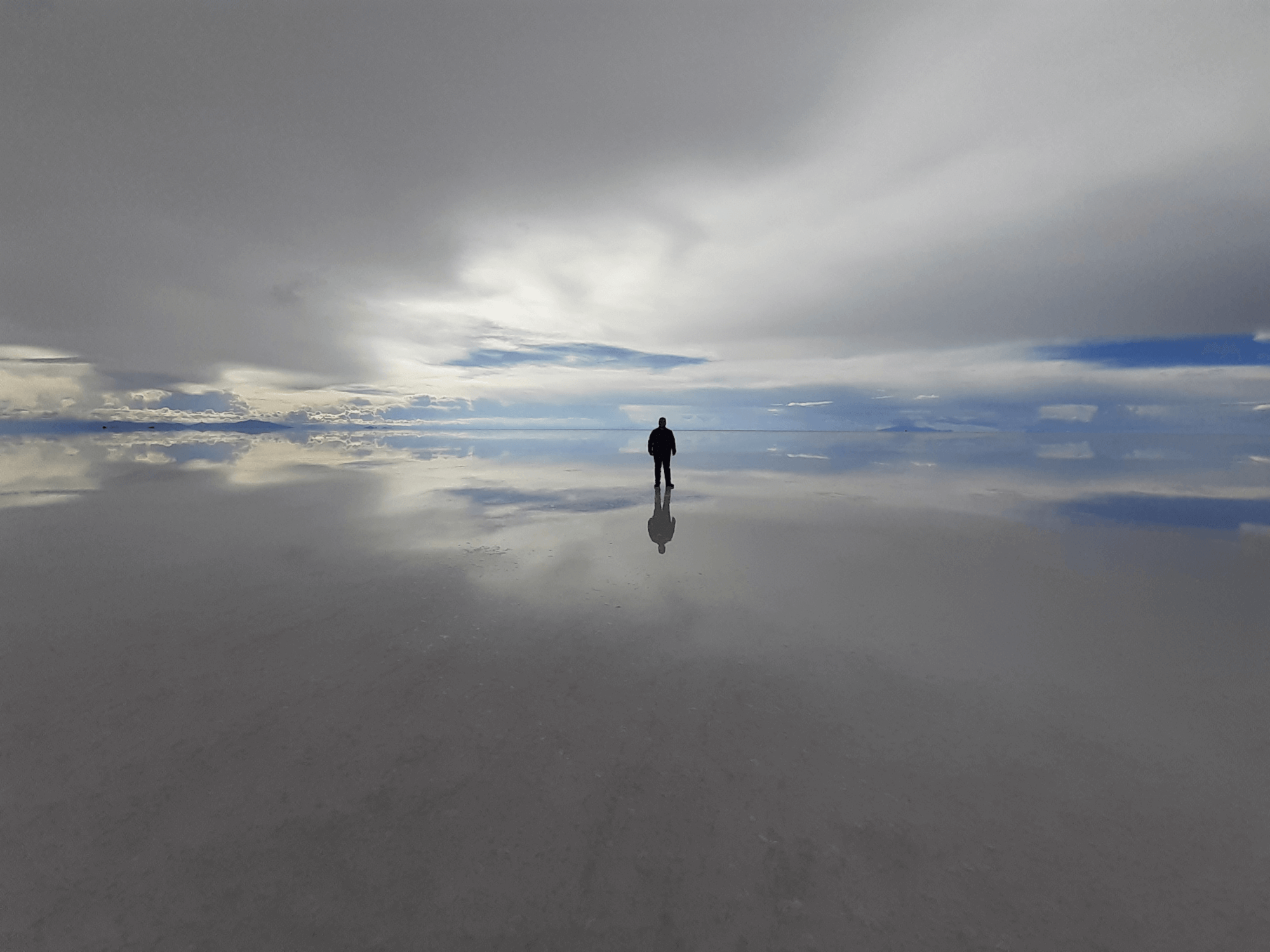
What’s in the picture:
This photo of me was taken in January 2020, at the “Salar de Uyuni”, in Bolivia. My research project is about the use of the Kichwa/Aymara concepts of Sumak Kawsay/Suma Qamaña as an alternative for development and the difference of its understanding and political use between indigenous peoples and the government of Bolivia and Ecuador. I was in research in the country making interviews, collecting documents, visiting different places and I went to Uyuni coming from Potosi and before reaching La Paz. Besides the beauty of the sky reflected in the salt of Uyuni, this photo brings the feeling of solitude that many researchers experience. Also, studying indigenous cosmologies required me a different way to comprehend reality, once these Andean indigenous ontologies understand that everything is defined by their interconnectedness, instead of their properties isolated from the environment. Seeing the fusion between sky and land was thoughtful to better grasp the importance of this way of thinking.
What we like about it:
This was a year of solitude for many. At a very minimum the pandemic disrupted one’s everyday routine, often creating unusual situations. One was forced to adapt. The extraordinary landscape of Salar de Uyuni only reinforces and intones further these themes; where the individual finds her- or himself alone, confronted with nature and forces beyond one’s control. In any other year this would have also been a beautiful photograph. This year, the image seems particularly appropriate.
You can find out more about Rafael’s projects on Twitter: @rafa_fael_22
“Cold journey through the culinary spaces of northern Sweden” by Annica Långvall
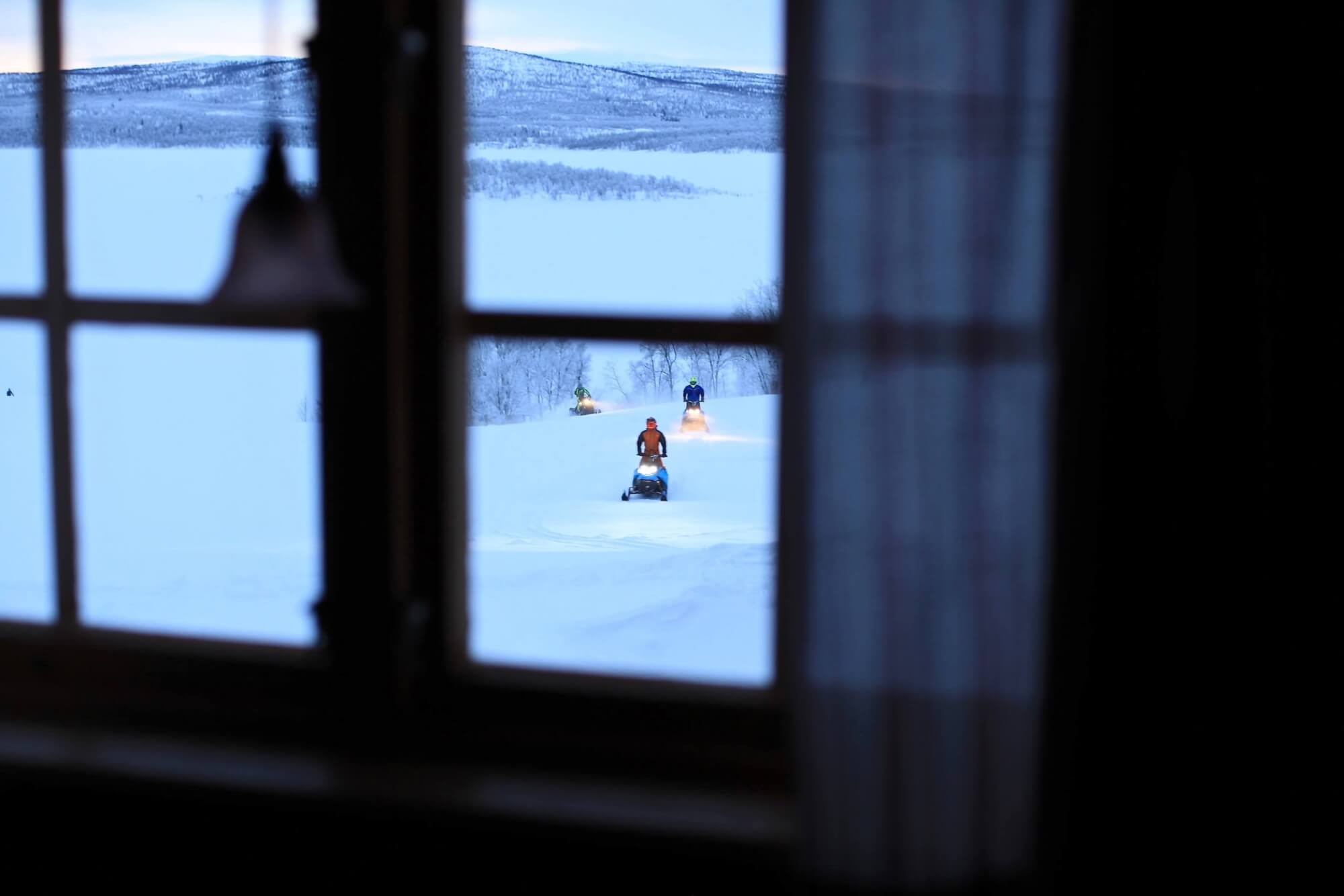
What’s in the picture:
My research project explores how fine dining restaurants in the north of Sweden use locally produced foods, how the Place is manifested in the restaurant concept, how the relationships between the restaurateurs and the producers are developed and maintained, and what this relationship means to the produces possibilities to maintain their business in rural areas. These issues are discussed in relation to regional development, sustainable food production and the conservation and development of food culture. This photo was taken through the window of a cabin where I slept during my visit to an amazing restaurant located in the mountains of Lappland. The cabins, situated some hundred meters from the restaurant, are owned by the restaurateurs and guests often rent them to explore the mountain landscapes and enjoy good, super local food. I had to walk in soft, deep snow that reached over my knees to get inside and take the picture. The food served in the restaurant was often produced by the restauranteurs themselves in the landscape and frozen lake in the picture. The guests are arriving on snow mobiles and despite the sometimes inhospitable weather, are met by warming hospitality. I think a part of my heart was left at this incredibly beautiful place and with its inhabitants.
What we like about it:
The composition is excellent, the framing through the windows of the cabin a time-honored photographic trope. The clarity of the snowy hills and wood against the hazy lines of the foreground windows. The sense of cold, distance, and faraway flashing lights of snowmobiles. The sounds- muted by the deep snow- carrying over the wide flats of white. One could interpret it as either lonely or warm- either way, the approaching people help to lessen the feelings of solitude. Soon, others will arrive.
You can see more about Annica’s research project at https://kulinariskarum.wordpress.com. Find Annica’s other projects at https://dietistannica.com/, or on Instagram: @dietistannica.
“Any Street in New Orleans” by David Francis
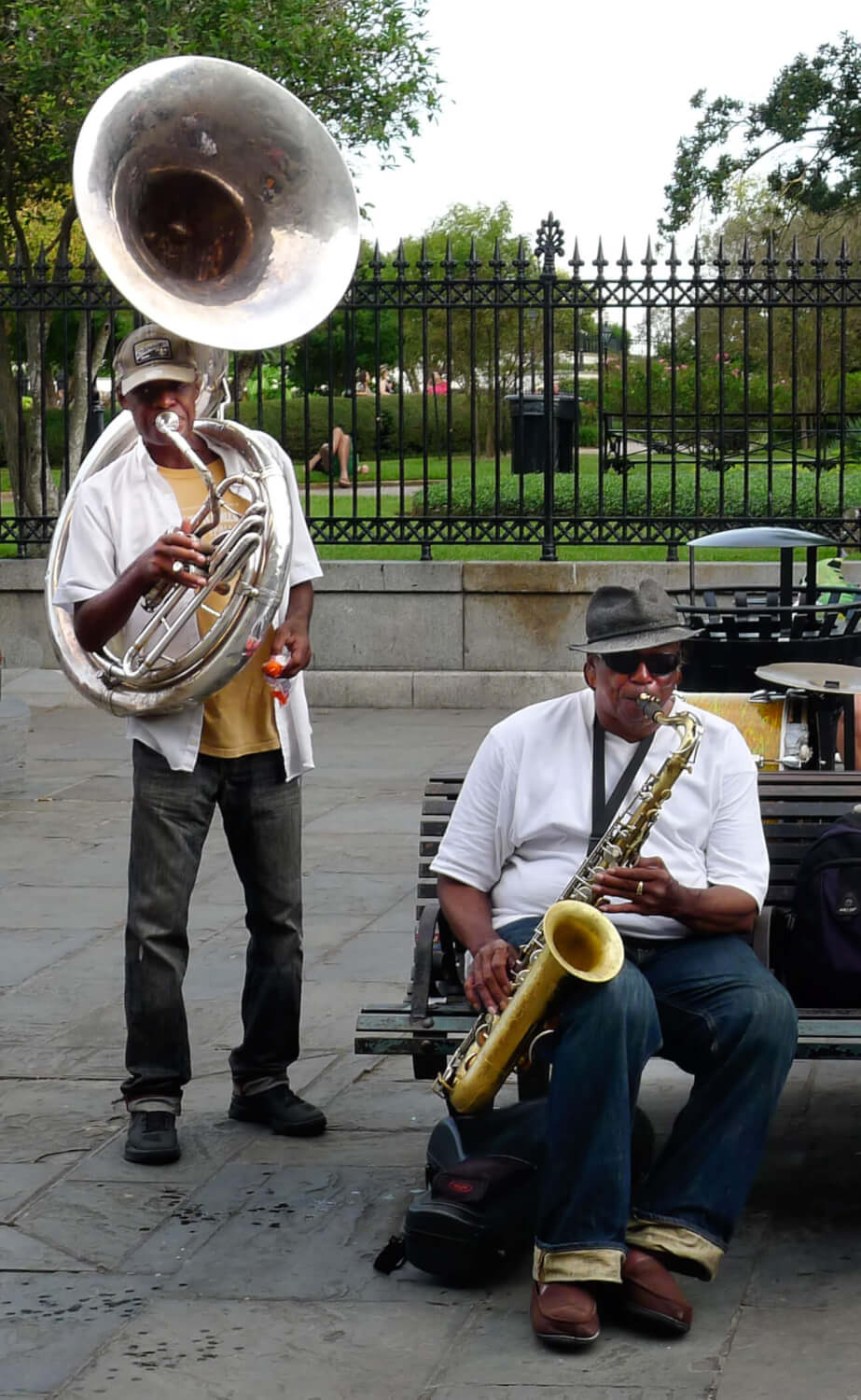
What’s in the picture:
Traditionally maintenance in large industrial plants has been organised on a craft basis with teams making decisions about priorities. As tools and techniques for preventative maintenance have developed the craft-based organizational model became dysfunctional. The researcher undertook studies in large food processing plants to understand the effectiveness of change management programs intended to facilitate the new form of organization needed for systemic preventative maintenance. One of the factories studied was in New Orleans and the researcher’s notes were completed listening to street jazz bands.
What we like about it: Traditional jazz is an inseparable part of New Orleans. This art form composing a mélange of African and European influences resembles the city itself, a mixing pot where diverse cultures came together. Research at its best helps us discover the connections, the origins- and reflects to us the context in which cultural traditions are formed.
You can see more about David’s research project at De Gruyter. Find David’s other projects on ResearchGate.
“Research, Religious, Reflection” by Clarence M. Batan
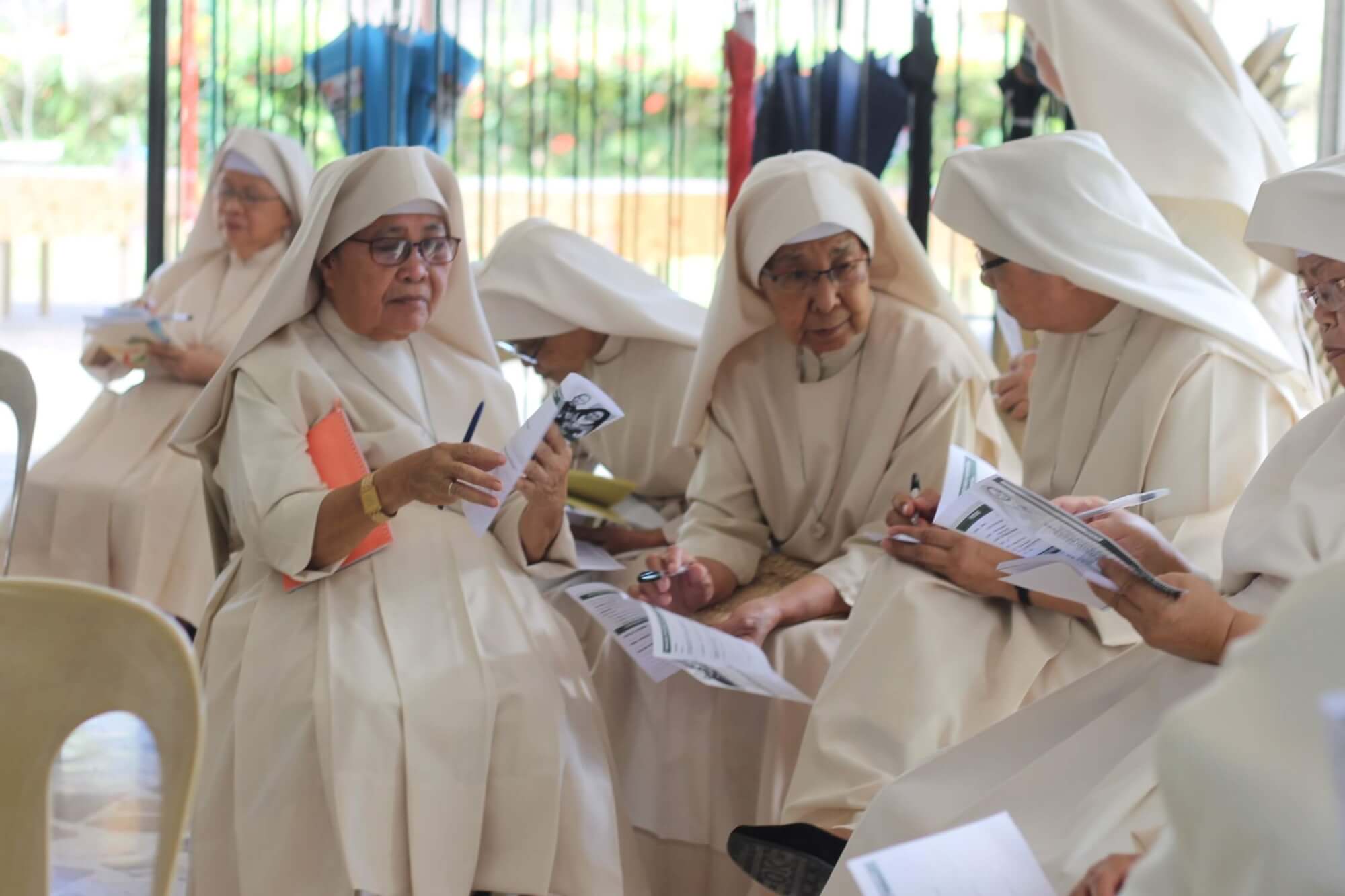
What’s in the picture: This photo resembles the key essence of doing catechetical ministry in the Philippines being led by religious women congregations such as the Missionary Catechists of St. Therese of the Child Jesus (MCST). For about a century, these women continue to share talents, resources, and data to improve the delivery of catechesis in the country. Catholic nuns, in this photo, were happy to fill out the demographic questionnaire before the conduct of focus group discussion (FGD) and reflection sessions under the study, The National Catechetical Study (NCS) 2021: Pastoral Action Research and Intervention (PARI) Project.
What we like about it:
It’s absolutely perfect, that’s what. Of course, your taste may differ. But the subject captures so many fundamentals- it’s unique, human, and depicts research at its very heart. What’s not to love about a group of nuns filling out questionnaires?
You can find out more about Clarence and his projects at https://www.clarencembatan.com/ and https://www.ncs2021pariproject.com/.
“Coffee growing needs young people” by Yair Merlin
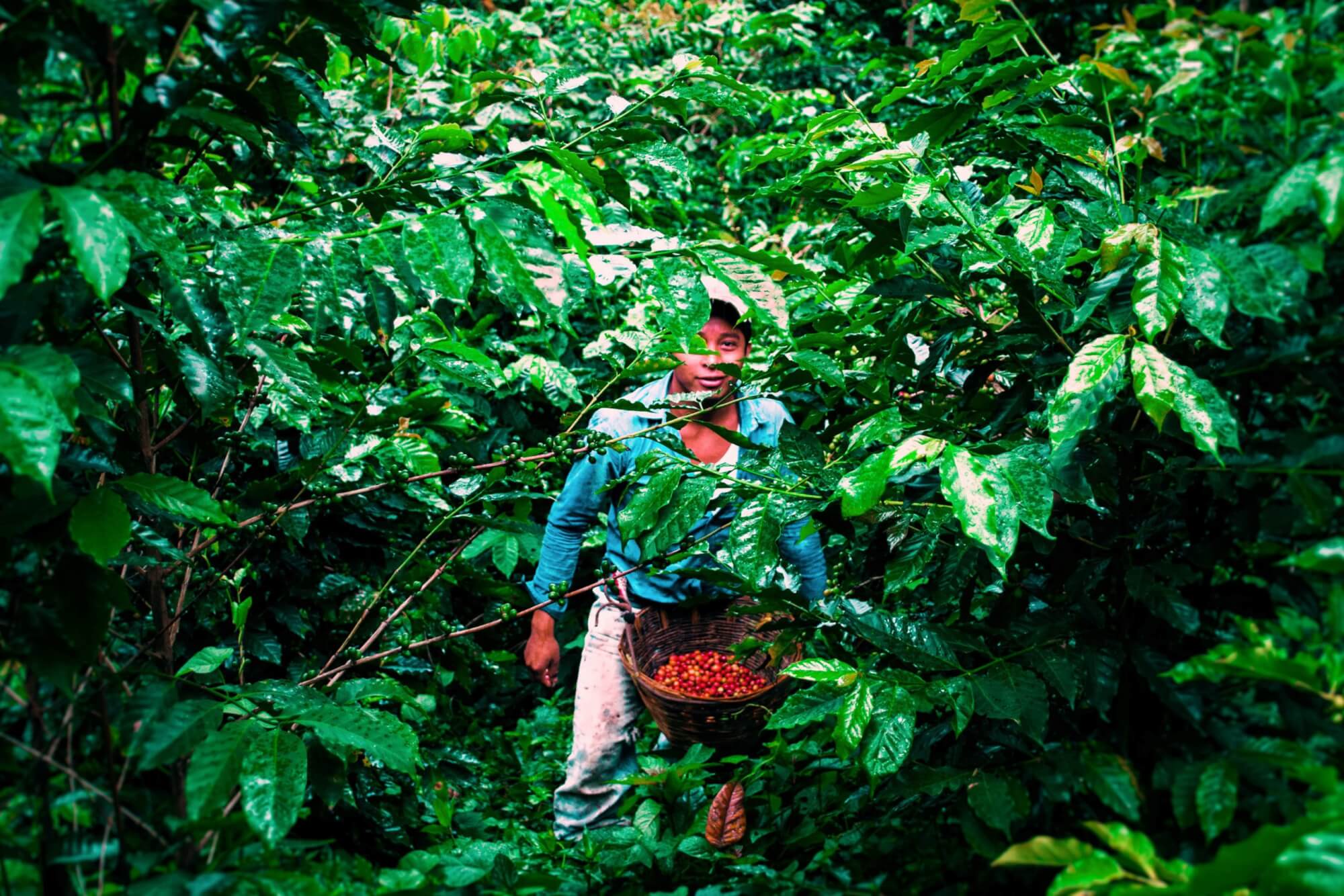
What’s in the picture: The photo shows a young coffee grower helping in his father’s coffee plantation, however, much of the year he works in other economic activities outside his community. Coffee cultivation is an economic activity of high uncertainty. After 1994 the Mexican government decided to subject to the dynamics of the markets a product that was the sustenance of the millions of poorest families in the country. Since then, the income from the sale of coffee has plummeted, coupled with this, the plague of coffee rust and the effects of climate change have devastated the coffee activity leaving the new generations without development alternatives. Young people in coffee communities do not perceive coffee growing as a viable option for their lives, forcing them to migrate in search of their dreams. Currently, coffee organizations are in uncertainty when they notice that few young people are involved in their activities. Coffee growing is getting older along with its producers. My research project focuses on the socio-environmental effects of global dynamics on the coffee communities of southern Mexico, in the state of Chiapas.
What we like about it:
The individuals moving, working, living, and eating in the world around us do much to create our reality. Whereas myriad other factors play roles as well, human motivations, drives, and dreams are important variables we would be hard-pressed to ignore. In short- in research and in life, we are often trying to understand people. The centrality and partial obscuration of the young coffee harvester here suggests this.
You can find out more about Yair’s projects on Instagram: @yair.merlin.color and @yair.merlin, and on ResearchGate.
Honorable Mentions 2020:
In addition to the top 5 winners, the MAXQDA Photo Contest 2020 Selection Committee has chosen to honor an additional 7 photographers for their excellent #PictureYourResearch submissions. Together, the 12 pictures will be printed in the 2021 MAXQDA calendar, which each of the 12 participants will receive soon.
“Data-driven: the future of squatter (Informal) settlements initiative” by Rahim Abas Kiobya
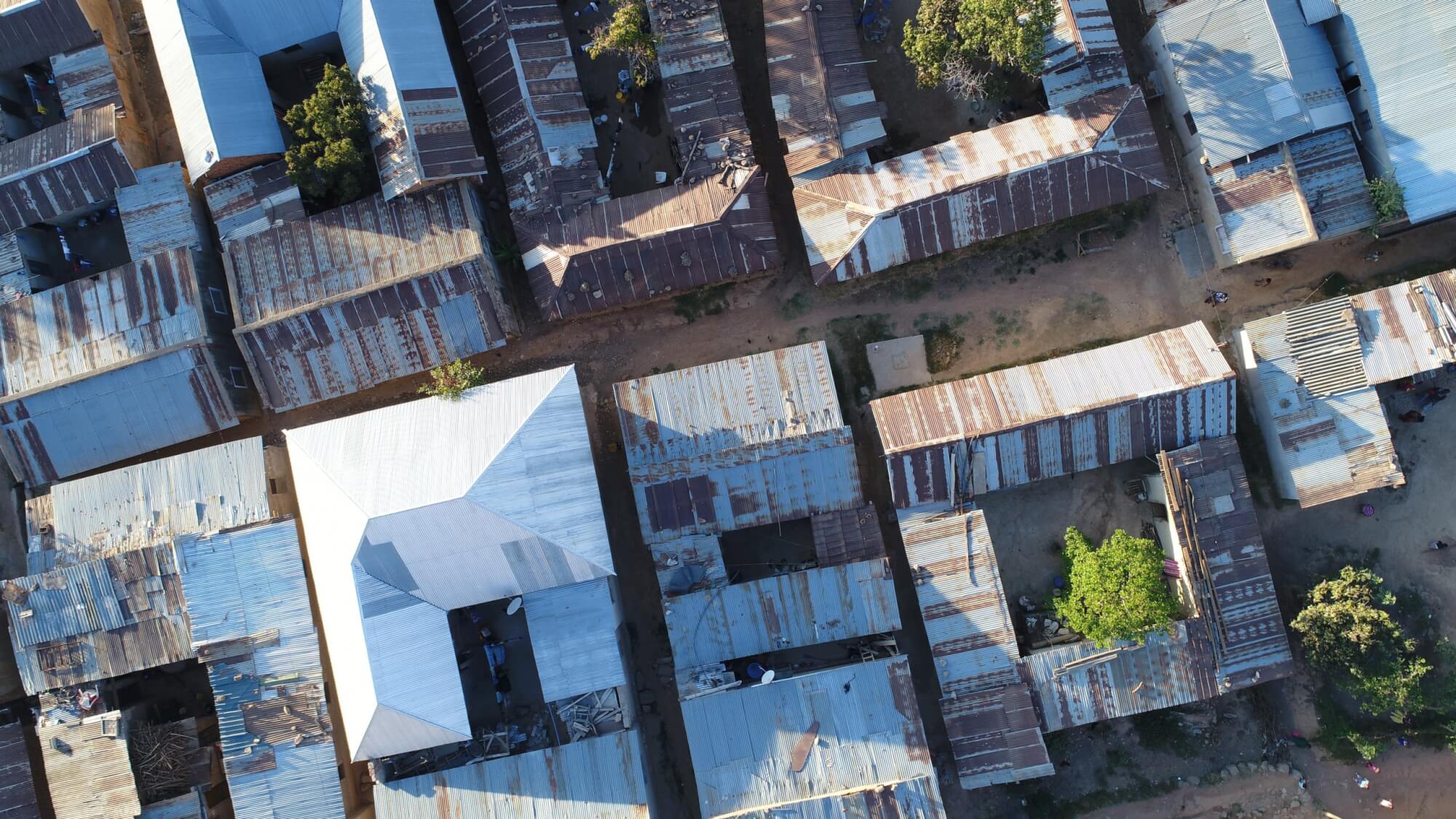
This photo depicts an informal settlement in Tanzania from above- the Informal Settlements Initiative uses drone and satellite imagery to document households and develop a successor to the current system of land ownership. Find out more about Rahim’s projects on Twitter: @geospatialtz.
“COVID-19 awareness” by Shubaranjan Jena
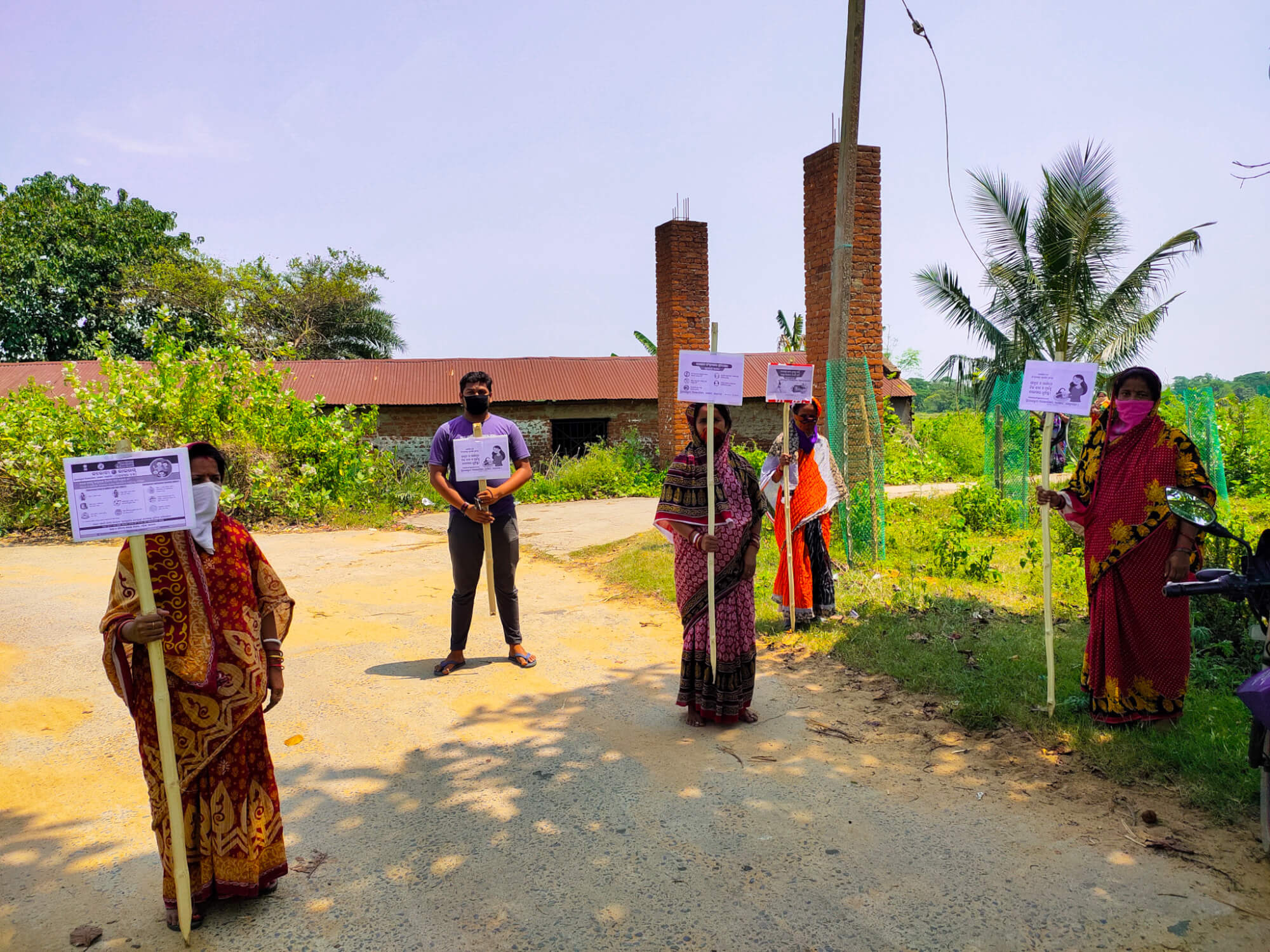
This photo depicts part of a public health program in a rural village (Pakshyot) of Kendrapara District, Odisha, India. With the help of village youth and self-help group members (SHGs), we launched an awareness campaign through IEC materials (regional languages) to prevent COVID-19. Find out more about Shubharanjan’s projects on Twitter: @ShubhaJitu.
“Brazilian Ministry of Foreign Affairs” by André Leite Araujo
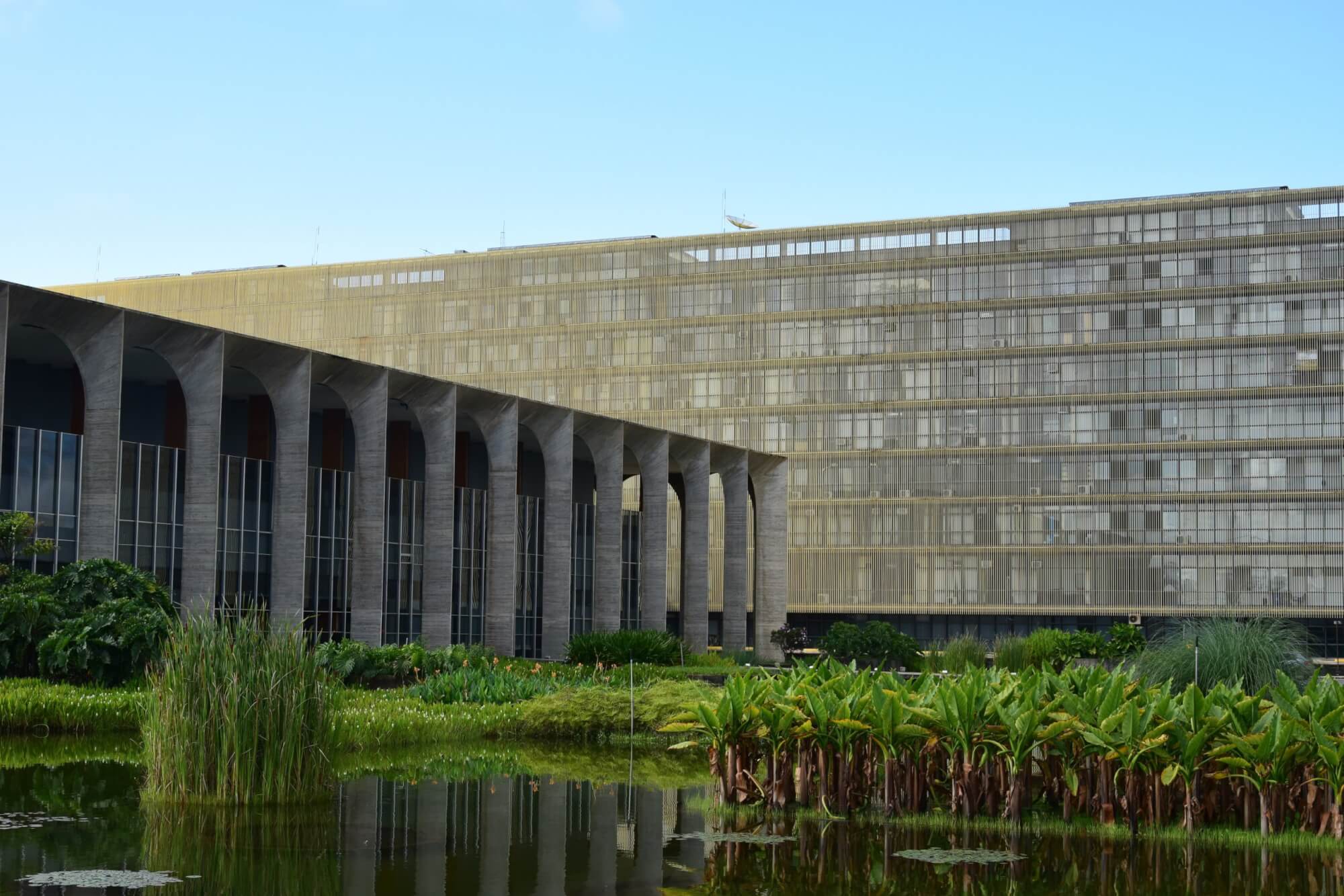
This picture depicts the Itamaraty Palace (one of Niemeyer’s architectural masterpieces) and its surrounding gardens/lake, placed at the civic axis of Brasilia. Currently, I am studying how international treaties are ratified at the domestic level in Mercosur countries. Find out more about André’s projects on Twitter: @leitearaujo_93, on Instagram, on LinkedIn, or on Facebook.
“Children’s perceptions of elephants” by Medha Nayak
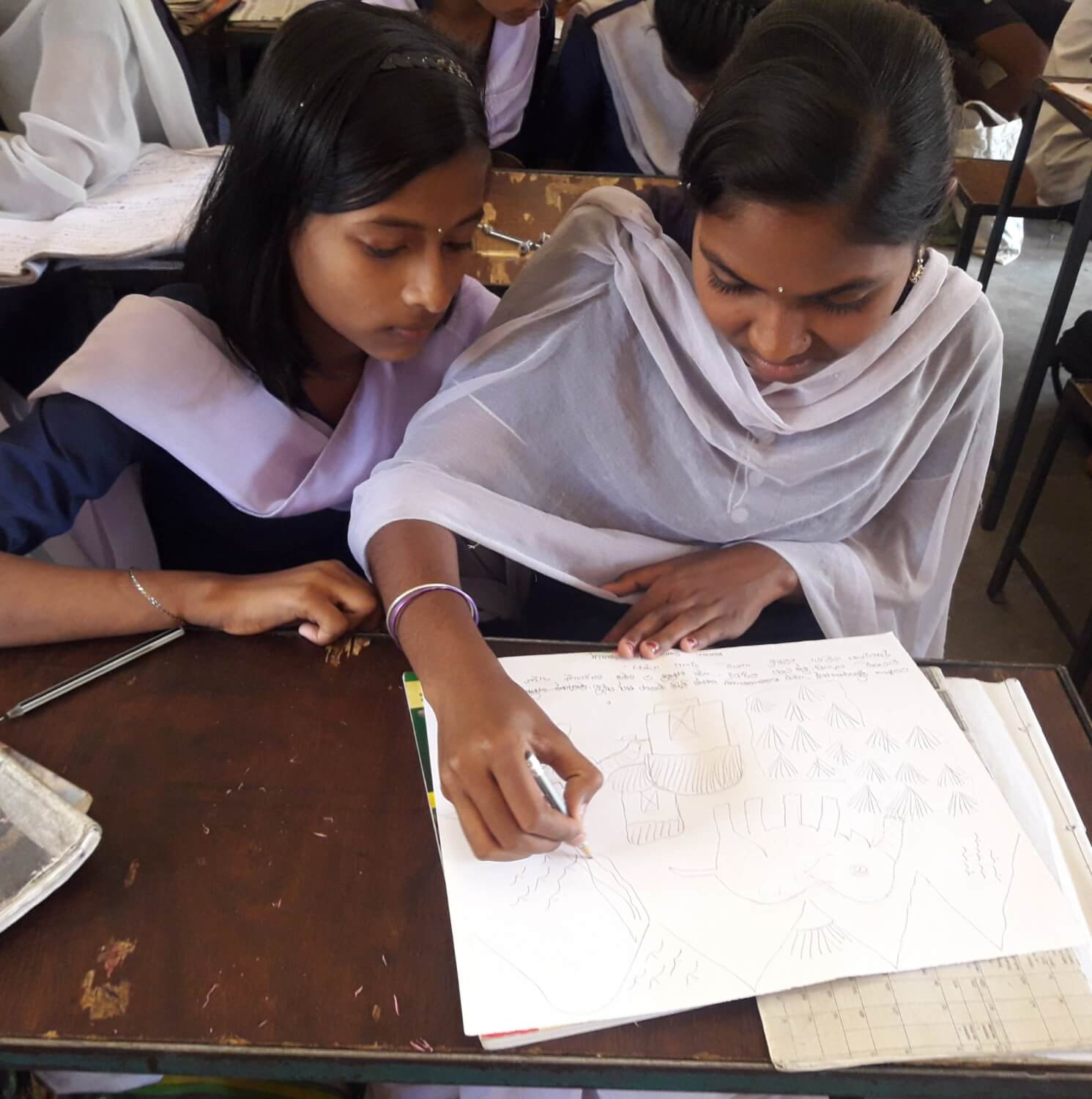
This picture depicts two girls in Balasore, India are sharing their experiences with elephants through their drawing. The research project was to understand children’s perceptions of elephants and human-elephant interactions. Find out more about Medha’s projects on Twitter: @MedhaBalasore
“Happy Teacher” by Sibylle Newman
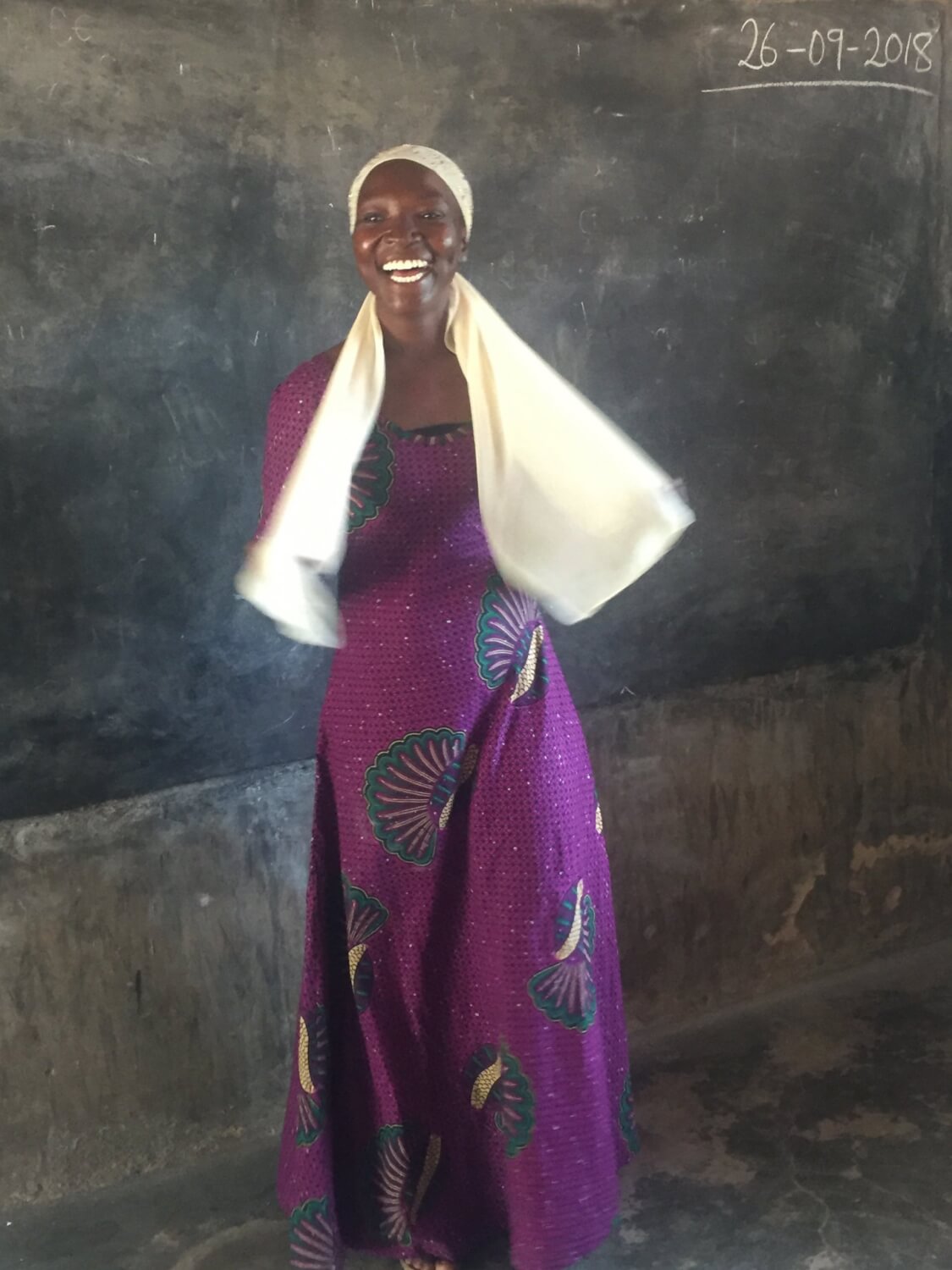
This photo depicts a teacher in Tamale, Ghana. Conducting classroom ethnographic observations in rural schools, I asked the teacher if I could take her picture for my data collection and she was the happiest to pose for me in front of her blackboard. Learn more about Sibylle’s projects at ResearchGate.
“First experience in a wheelchair” by Prince Kwame Odame
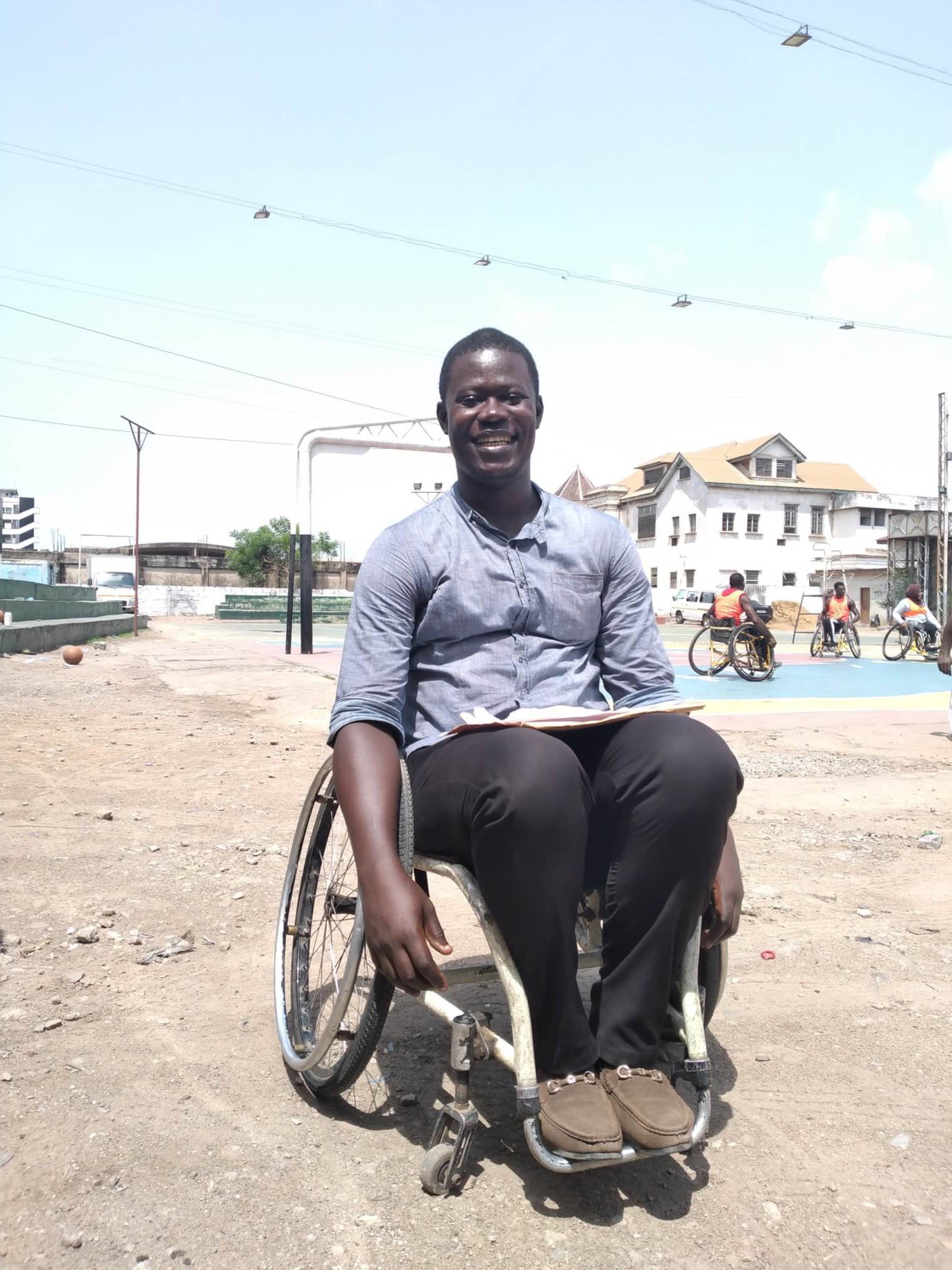
This picture depicts me in a wheelchair in Accra, Ghana. My research focuses on the daily living experiences of persons with disability (PWD) in their use of public transport services- I witnessed participants at basketball practice and was offered a wheelchair- refusing the wheelchair would have sent the wrong message and so I sat in it. This was just the beginning of a great bonding process. Find out more about Kwame’s projects on Twitter: @pkodame
“The Road to Golbojhi” by Devyani Singh
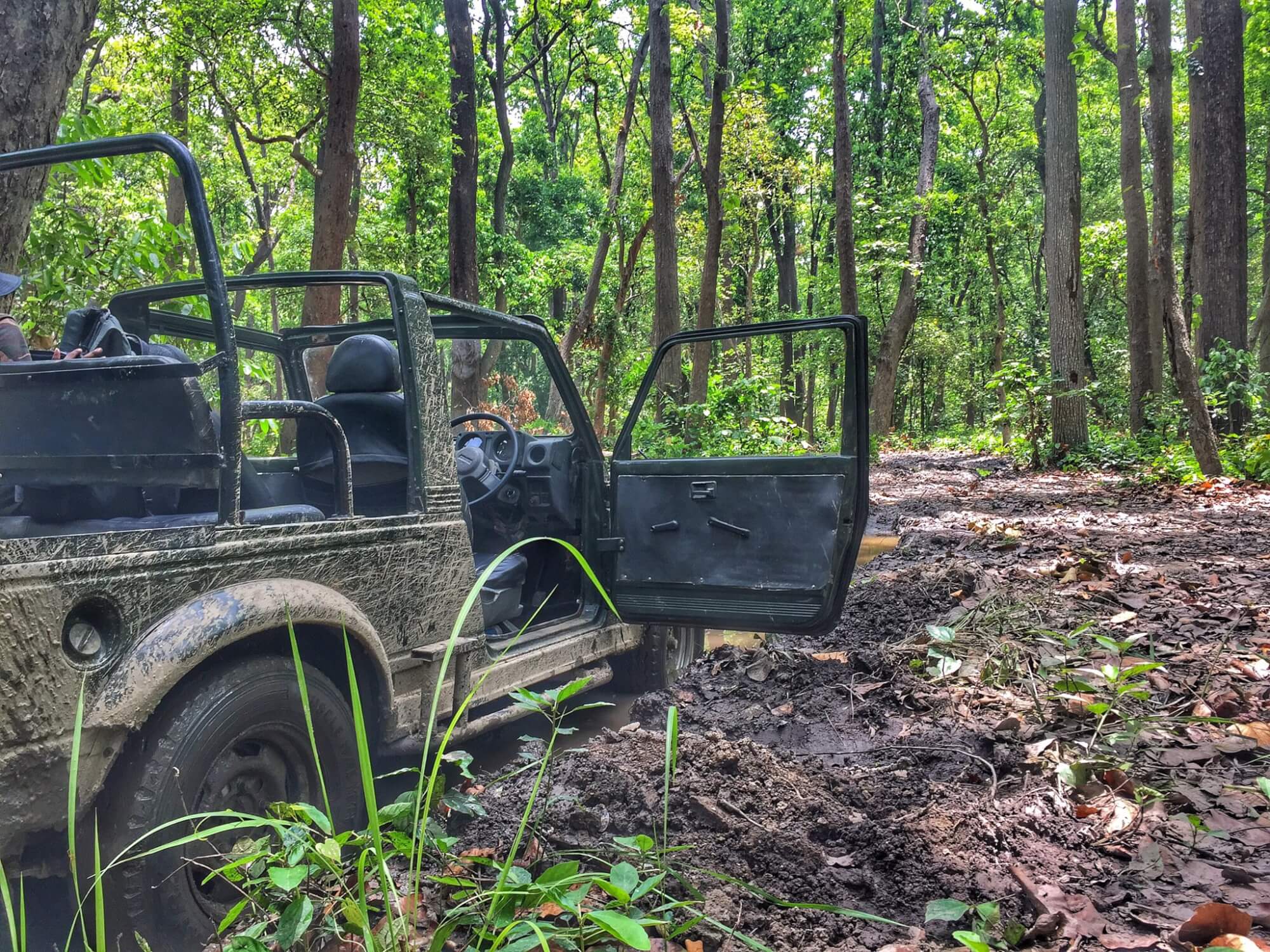
This picture depicts Dudhwa National Park (DNP) in Uttar Pradesh, India. While traveling to the village Golbojhi in the July pre-monsoon season, we found ourselves stuck in the middle of the ‘road’ in a forest patch. Hilarity ensued as we made several attempts to push the vehicle out of the muck- resulting in being showered by mud and dirt. Needless to say this was quite an entertaining sight for the locals- and was a great ice-breaker for collecting surveys and interviews. Learn more about Devyani’s projects on Instagram: @field.notes.singh and on Twitter: @devyanisingh.
There’s More!
We are happy to announce that the raffle winner is Joana Butenaite. Congratulations Joana- we wish you all the best on your research journey with MAXQDA!
Like to see some of the other submissions? You can find them on our MAXQDA social media, (![]() @VerbiSoftware
@VerbiSoftware ![]() @MAXQDA) and search for submissions using the hashtags #PictureYourResearch and #MAXQDAPhotoContest. The previous years’ winners can be seen on the MAXQDA Research Blog:
@MAXQDA) and search for submissions using the hashtags #PictureYourResearch and #MAXQDAPhotoContest. The previous years’ winners can be seen on the MAXQDA Research Blog:
If your picture is displayed above and you have not received an email notifying you of your selection, please check your inbox and let us know at communications@maxqda.com. If you didn’t find your picture above, please do not be discouraged. We greatly appreciate your participation and hope that you will submit another entry next year.




